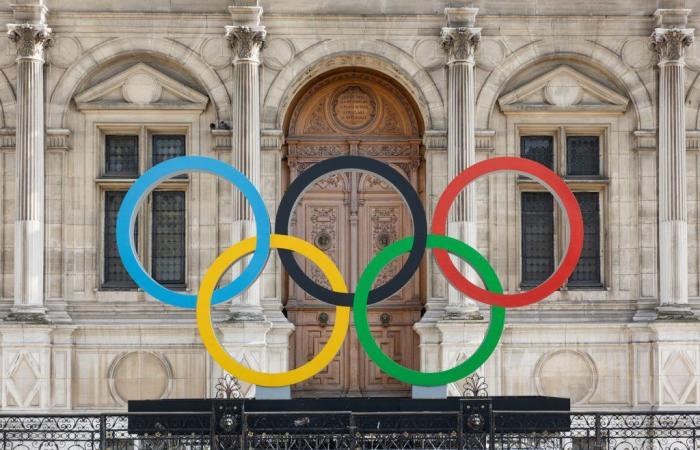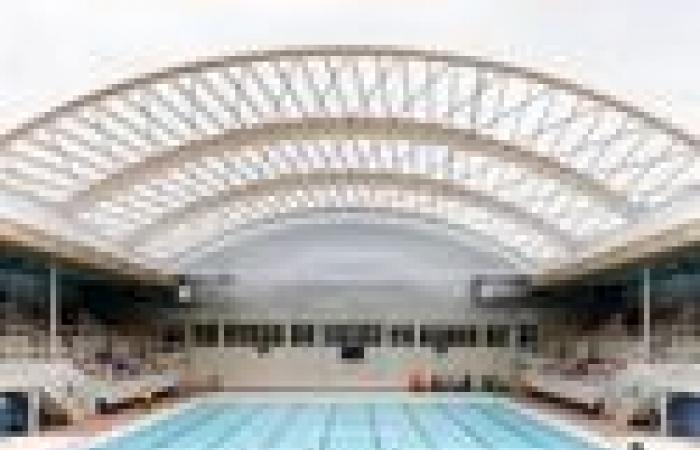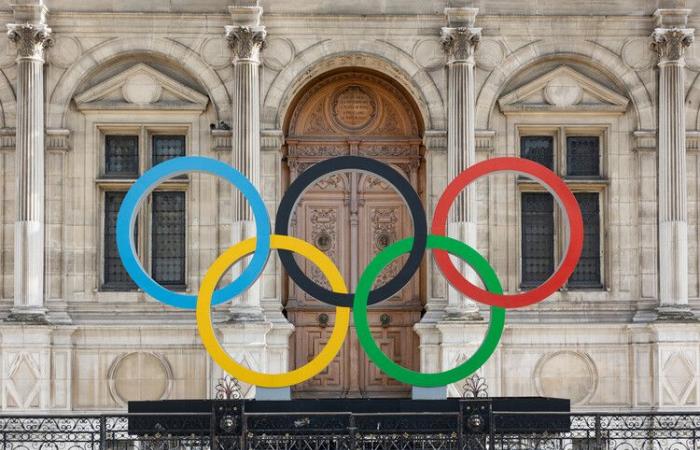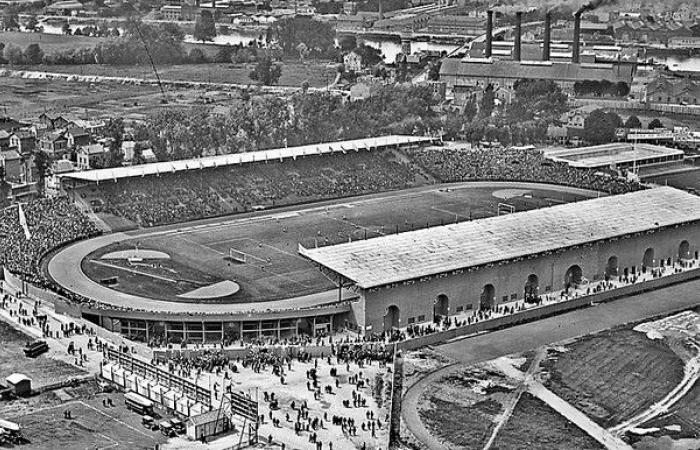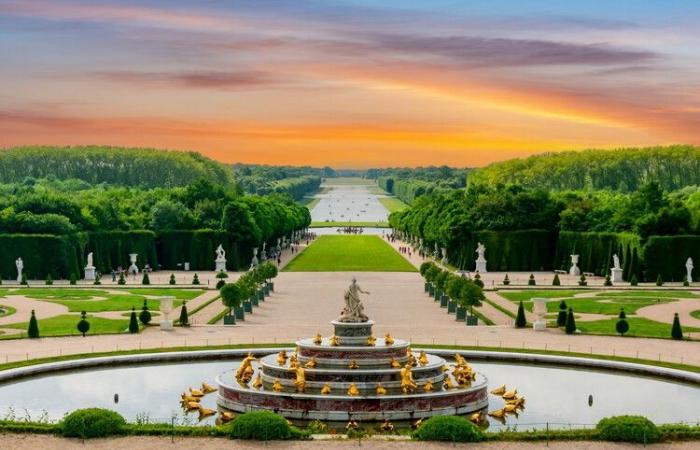Share Share
EITHER
Clipboard “COPY” Copy
The recent history of the city of Paris is intertwined with that of the Olympic Games. In 1900, Paris hosted the second edition of the Games, beginning a journey of urban adaptations and architectural developments that prepared the city for the event. Among the most important changes is the introduction of metro line 1, inaugurated in 1900 to link the locations of the World’s Fair with those of the Vincennes Olympic Games. Just 24 years later, the city hosted one of the most influential editions of the Olympic Games. The event, the first to be broadcast over the airwaves, contributed to a substantial increase in the popularity of the Games. Furthermore, during this edition, the concept of Olympic Village was born. Several of the infrastructures and venues built more than a century ago remain in use in Paris, and some of them are now returning as venues for Olympic events.


![Velodrome d'Hiver [Colección Jules Beau. Fotografía deportiva] : T. 35. Years 1908, 1909 and 1910 / Jules Beau. Image © Wikipedia, under public domain license More than 100 years of Olympic heritage: what happened to the Paris 1924 Olympic venues? - Image 5 of 10](https://euro.eseuro.com/content/uploads/2024/06/28/df5d4ec817.jpg)
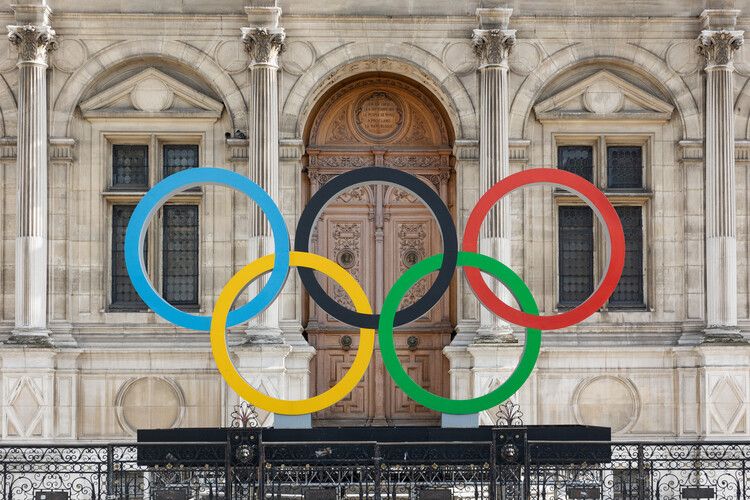 + 5
+ 5
Yves du Manoir Stadium, Colombes
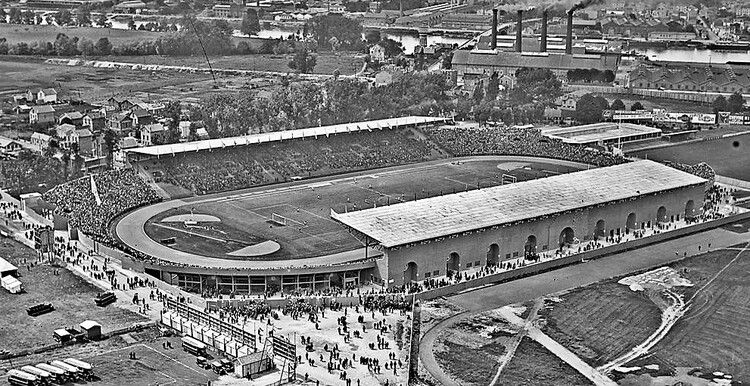
Colombes, a suburb in the northwest of Paris, became the headquarters of the 1924 Olympic Games. For the first time, athletes were housed in an Olympic Village created from portable wooden houses with running water and services such as an office. post office, a hairdresser and a restaurant. Near the Olympic Village, the Yves du Manoir stadium was transformed into one of the largest and most important venues for the Games. The stadium, a converted former racecourse, was completely renovated for the Games and could hold up to 45,000 spectators, following the designs of architect Louis Faure-Dujarric. A century ago, it served as the venue for athletics, football and rugby competitions. After the 1924 Olympic Games, the stadium remained in use and was renovated several times. Currently, in 2024, the historic stadium will host field hockey events.
Related article
Paris 2024 Olympics: Iconic venues that will host sporting events
Tourelles Swimming Pool (now Georges-Vallerey Swimming Pool)

Built in 1924 in the 20th arrondissement, the Tourelles Pool hosted the swimming competitions of the Paris Games and witnessed the breaking of the 100 m freestyle swimming record. Over the years, the venue has been renovated multiple times and fitted with a retractable roof in the 1980s. The pool is still in use to this day, but will not be used as an Olympic venue again this year, since the swimming and paraswimming tests will take place at the La Defense Arena in Nanterre. The synchronized swimming, diving and water polo qualifiers will be held at the Saint Denis Aquatic Center, the only permanent sports facility built for the Paris 2024 Games.
Jacques-Anquetil Velodrome in Vincennes

The Jacques-Anquetil Velodrome, known locally as “la Cipale”, remains to this day a beloved site among cyclists and nature lovers in the Bois de Vincennes area. The 500-metre concrete track was built in 1896, with iron bleachers designed by Gustave Eiffel, and became an Olympic venue in 1900. In 1924, the venue hosted cycling, fencing, wrestling, boxing and weightlifting events. . Despite having been declared a historical monument, the track no longer meets current Olympic standards, so the cycling and para-cycling events will take place at the Saint-Quentin-en-Yvelines National Velodrome.
Palace of Versailles
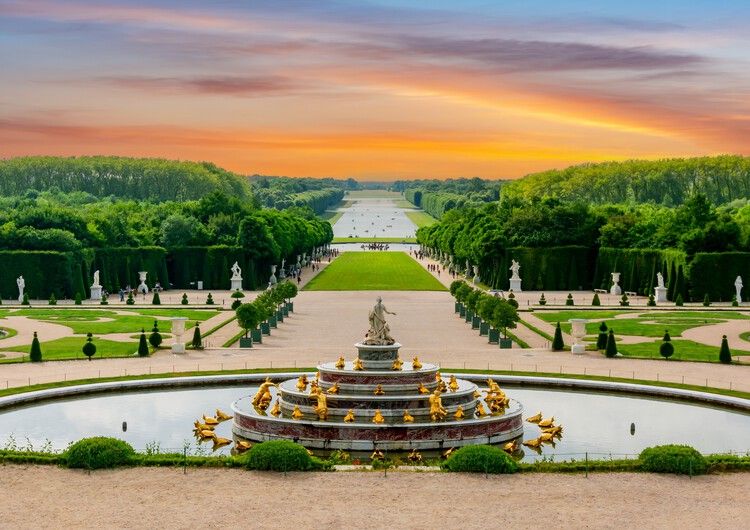
In 1924, the renowned Palace of Versailles served as the setting for the shooting events of the games. Now, a century later, the palace grounds will once again serve as the Olympic venue, this time for the equestrian and modern pentathlon competitions. To prepare for the events, restoration projects and construction work on temporary facilities are underway, according to the official website. These include the restoration of the Gate of Honor and the roof of the North Wing, as well as the addition of a new reception area in the gardens.
Winter Velodrome
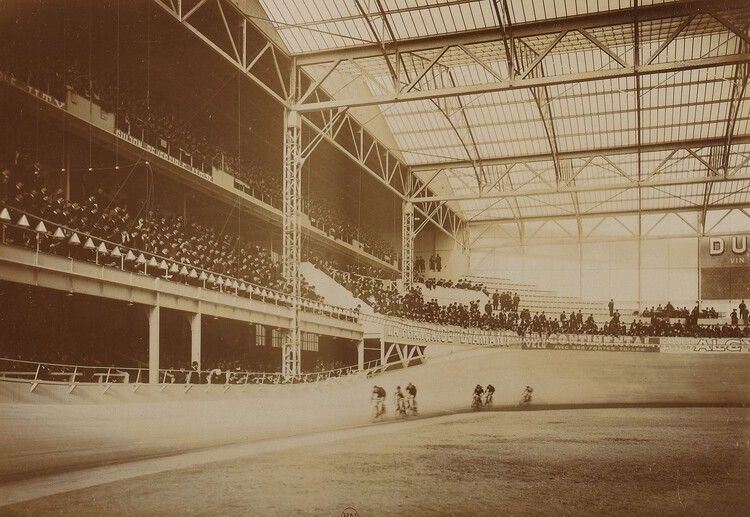
Inaugurated in 1903 in the Grenelle neighborhood, the Velodrome d‘In 1924, the Velodrome was used to host the fencing, weightlifting and boxing competitions of the Olympic Games. In 1942, however, a dark page was added to the history of the Velodrome itself, as it was used by the French police to detain thousands of Jews before deporting them to concentration camps. The building was demolished in 1959.

